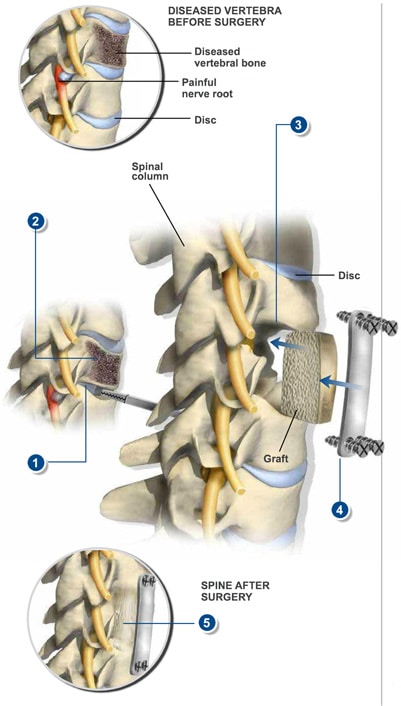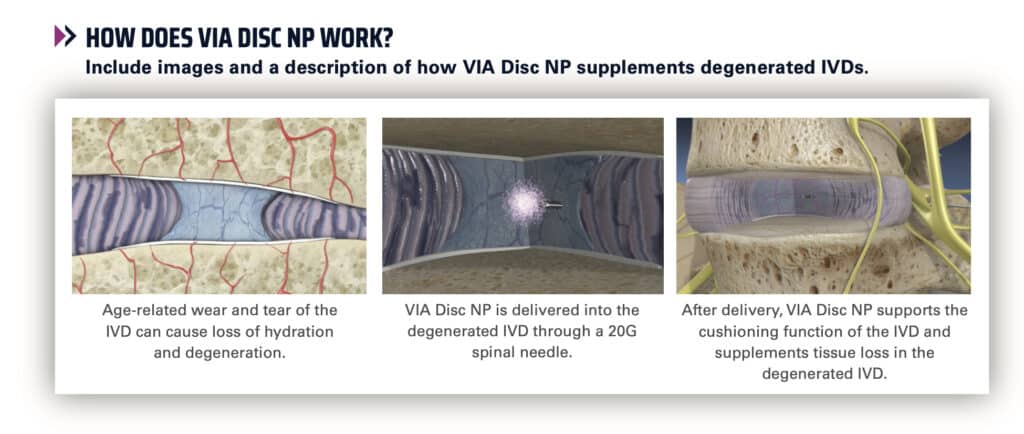Anterior Cervical Corpectomy
If you’re suffering from nerve compression in your neck, you’ll likely have neck pain accompanied by numbness and weakness extending into your shoulders, arms and hands. While back surgery is often the last resort of our conservative approach, it can be necessary in this case to get you back on your feet.
Herniated discs, bone spurs and other degenerative spinal conditions can result in cervical nerve compression. Infections, fractures or tumors can also cause pressure on your spinal nerves.
If our board-certified physicians determine that the damage to your spine involves more than the space between your discs, they may recommend an anterior cervical corpectomy. In this procedure, they open space for the sensitive nerves by removing damaged vertebrae and discs.
OVERVIEW
This back surgery removes damaged or diseased vertebral bone and surrounding discs. Its goal is to relieve any neck, arm and leg pain caused by pressure on your spinal cord and nerves. The procedure is detailed below. Talk to your physician about the risks and recovery expectations that apply to you.
 1. CREATING THE INCISION
1. CREATING THE INCISION
Your spine surgeon performs this procedure through an incision at the front of your neck. This incision leaves some surgical scarring.
2. REMOVING THE DISCS
After accessing your spine, the surgeon first removes the discs above and below the damaged vertebrae. Refer to illustration 1.
3. REMOVING THE VERTEBRA
Your surgeon then removes the diseased vertebra (illustration 2). This releases the pressure on your spinal cord, opening space for your spinal nerves and relieving your symptoms.
4. INSERTING THE GRAFT
After clearing and preparing the opened space, the surgeon places a bone graft between your vertebrae to support the other vertebrae, as shown in illustration 3. The graft may be an allograft from a bone bank or an autograft bone, taken from your hip.
5. ATTACHING THE PLATE
Often, the surgeon has to screw a small metal plate over the area to hold your spinal bones in place while they heal, shown in illustration 4. If the damage is severe enough, the plate may be permanent. If not, you will need a second surgery to remove the plate.
6. RECOVERING FROM THE PROCEDURE
During the healing process, the bone graft knits together with the vertebrae above and below to form a new bone mass (a fusion), as shown in illustration 5. You can expect limitations on physical activity for the first four to six weeks after surgery. You may need to do some therapeutic exercise during this time.
SURGICAL PROCEDURES

